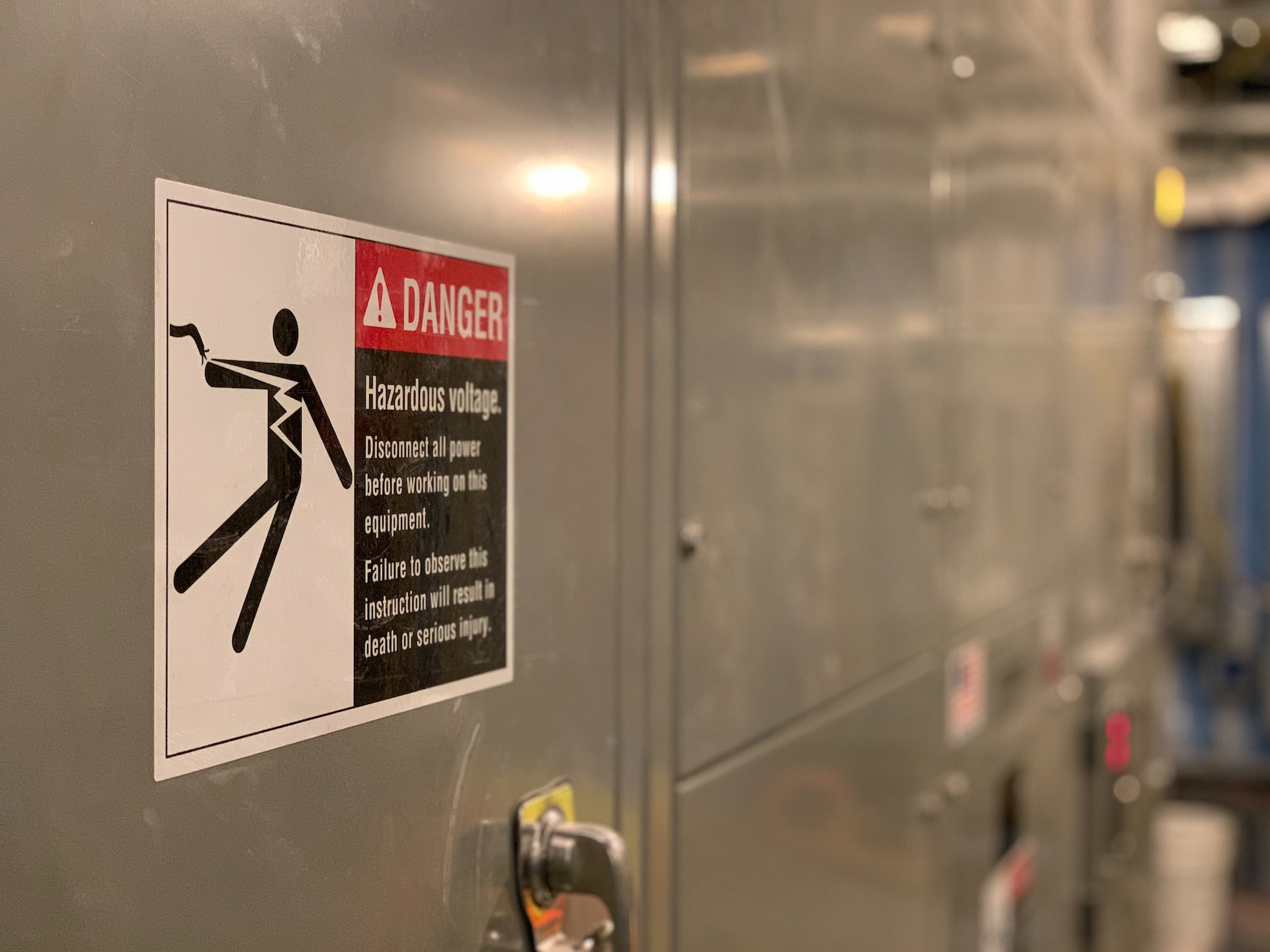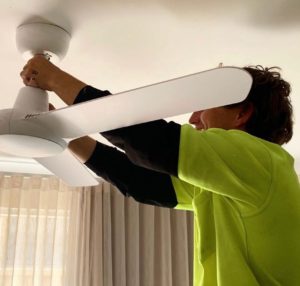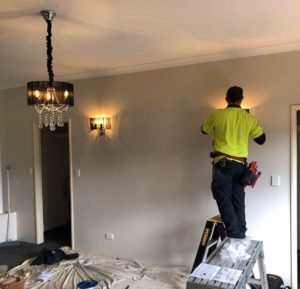Residual current devices (RCDs) are a small investment with big benefits. Most people are familiar with RCDs, but there’s still confusion over what they do and how to maintain them.
We’re here to help.
In this guide to RCDs and electrical safety in the home, we’re going to:
- Demystify domestic electrical services
- Provide power to homeowners
- Help you save money and protect your family from electric shocks
Nearly two-thirds (73%) of electrical injuries requiring hospitalisation result from exposure to electrical currents at home or work. You can’t afford to take risks with electrical safety.
What are RCDs?
Safety switches, also known as RCDs or RCCBs (residual current circuit breakers), are electrical safety devices designed to switch off when they detect an electrical leak.
They’ve been a common feature in every Australian home and workplace for decades.
RCDs are an essential electrical safety measure to protect you and your family from electrical shock and prevent electrical fires from starting in your home.
Western Australian law even requires homes to have at least two RCDs covering all power and lighting circuits. Failing to meet this obligation carries a potential $15,000 fine.
However, in our experience as electrical contractors, many homeowners don’t fully understand how RCDs work – or the risks when they don’t.
How RCDs work
RCD safety switches monitor electricity flowing through a circuit or device’s active and neutral wires.
Usually, the flow is equal.
But when a fault or surge causes electricity to leak, the switch detects an imbalance in the flow and cuts the power before a shock occurs.
RCDs are extremely sensitive. From detection to cutting the power takes less than 20 milliseconds.
Where you’ll find RCDs
You don’t need to be an electrical contractor to identify RCDs in your home. There are three main places you’ll find safety switches:
-
Meter box RCDs
These safety switches are typically located alongside individual circuit breakers in your home’s meter box. They might look similar to regular circuit breakers, just a little bigger or a different colour.
If you can’t find the RCDs in your meter box, you should make domestic electrical services a priority. Keep reading to learn more.
-
Portable RCDs
Some power boards or extension cords come fitted with RCDs. These are an essential safety measure for anyone using power tools or portable devices that aren’t protected by a meter box RCD.
You can identify a portable RCD by a switch on the device or a button labelled “test”.
-
Power point RCDs
If you see a “test” button on a power point, the RCD is fitted at the socket. Like portable switches, power point RCDs provide electrical safety in the absence of meter box RCDs.
RCDs must be fitted to the first power point after the meter box.
Testing and maintaining RCDs in your home
RCD testing is an essential electrical service. The WA State Government recommends and scheduling a licenced domestic electrician to check your circuits every 12 months.
How to test RCDs at home – and when to call for help
Testing RCDs is something you can do without an electrical contractor’s help.
- Switch off and unplug all devices in your home
- Leave one low-powered lamp plugged in and illuminated
- Locate the RCD in your meter box
- Press the “test” button and release immediately
- Check that the lamp is now off (and power points are not operational)
- Go back to the meter box and turn the RCD back on
Testing portable and power point RCDs is similar.
The most important thing to remember is to call a licensed residential electrician at the first sign of a fault.
NJP Electrical is a team of fully licensed electricians with decades of domestic electrical service experience between us.
Learn more about NJP or visit our blog for more domestic electrical safety tips and expert advice.




